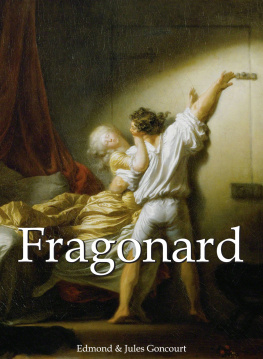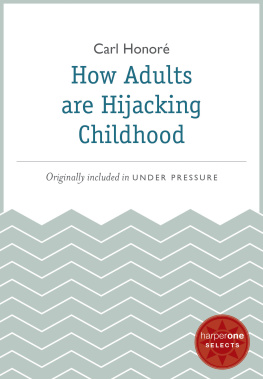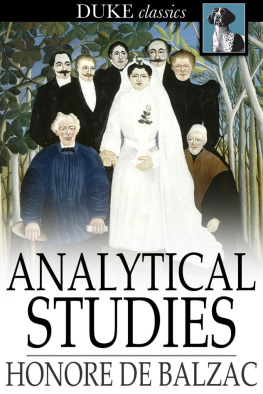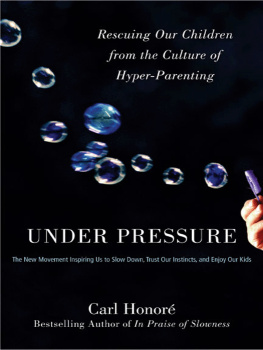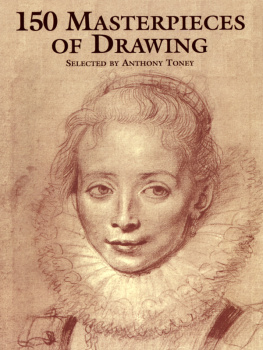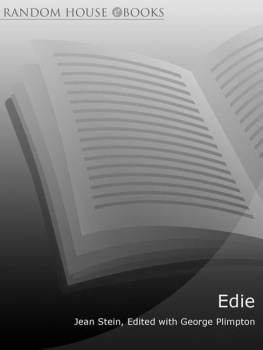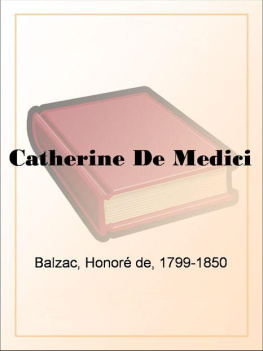Authors : Edmond and Jules Goncourt
Layout :
Baseline Co. Ltd
Ho Chi Minh City, Vietnam
Confidential Concepts, worldwide, USA
Parkstone Press International, New York, USA
Image-Bar www.image-bar.com
All rights reserved.
No part of this publication may be reproduced or adapted without the permission of the copyright holder, throughout the world. Unless otherwise specified, copyright on the works reproduced lies with the respective photographers, artists, heirs or estates. Despite intensive research, it has not always been possible to establish copyright ownership. Where this is the case, we would appreciate notification.
ISBN: 978-1-78525-097-2
The touch of Fragonard resembles those accents which, in certain languages, give to mute words a melodious sound. His figures, though merely indicated, live, breathe, smile and delight. Their very indecisiveness has the attraction of a tender mystery. They speak in low voices and glide past on tiptoe. Their gestures are like furtive signs exchanged by lovers in the darkness. They are the voluptuous shades of the 18 th century.
Paul de Saint-Victor
List of Illustrations
A
B
C/D
F
G
H
I
J/K
L
M
N
O/P
R
S
T/V
W
Y
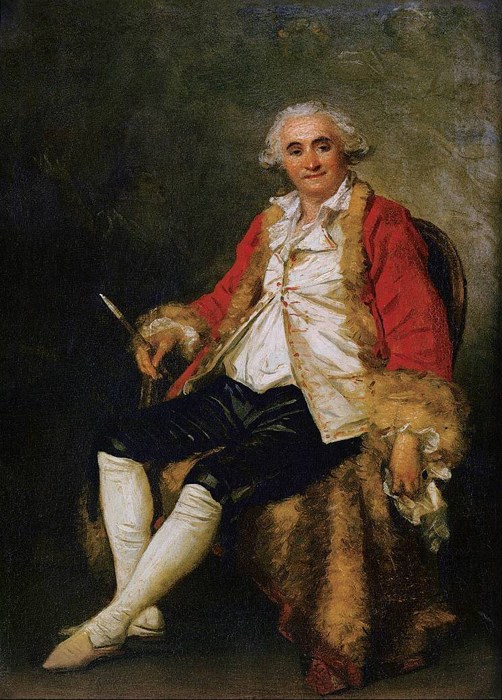
Marguerite Grard, Portrait of Jean-Honor Fragonard,
c. 1787-1791.
Oil on panel, 21.8 x 16.1 cm. Private collection.
Biography
1732: Jean-Honor Fragonard is born in Grasse in the south of France.
1738: Arrives in Paris around this time.
1748-1752: After working as a notary apprentice for a while and having shown a keen interest in drawing, Fragonard is sent to Franois Bouchers studio. Boucher refuses to teach him so he is then sent to Jean-Baptiste-Simon Chardin who trains him by creating copies. He focuses on the paintings of the Masters that he sees in churches and impressed by the quality of his paintings, Boucher finally takes him on as a student.
1752: He wins the Prix de Rome with his painting , a competition usually reserved for students of the Academy.
1753-1756: Thanks to the prize, he joins the cole Royale des lves Protgs under the direction of Carle Van Loo. His many works from this period demonstrate the influence of his masters and their training.
1756-1761: First sojourn in Italy. He studies at the Acadmie de France in Rome. After a difficult start, he becomes interested in the baroque painters he emulates in his lessons. During this period, he leaves Rome on two occasions. Once to work in Tivoli and another in Naples accompanied by his painter friend, Hubert Robert, and Jean-Claude Richard, abb de Saint-Non, who will go on to become one of his primary sponsors. The two young artists create many paintings for the abb de Saint-Non. Upon his return to Paris, Fragonard has established himself as a reputable artist.
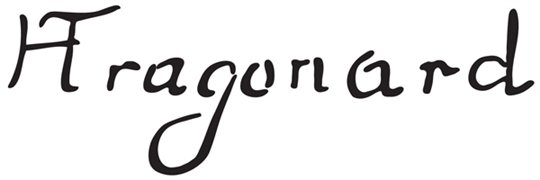
1765: His is accepted at the Acadmie Royale de Peinture due to his painting The High Priest Corsus Sacrificing Himself to Save Calirrho which allows him to obtain a studio and accommodation at the Louvre in Paris.
1767: Starting from this year he seldom takes part at the Salon. He turns his back on academic and classical painters to focus on more light-hearted subjects. The majority of the work he produces is commissioned by private clients.
1769: Fragonard marries Marie-Anne Grard who is also an artist and comes from Grasse. Their first child is born, a daughter named Rosalie.
1770-1773: He creates the series Progress of Love , a collection of decorative panels made to adorn the walls of one of the dining rooms of a pavilion in Louveciennes, the residence of the countess du Berry, a mistress of Louis XV. The panels however are returned to the artist and are highly critiqued by defenders of the emerging neoclassical movement.
1773-1774: Fragonard travels Italy and central Europe.
1780: Birth of his son Alexandre-variste, who will go on to become a painter like his father.
1792-1800: Bankrupt and out of favour after the French Revolution, Fragonard paints less and less. The painter Jacques-Louis David uses his influence and gets him a position as a curator in the recently opened museum at the Louvre.
1805: An imperial decree requires all the resident artists, including Fragonard, to leave the Louvre.
1806: He dies following a stroke, largely unnoticed by his contemporaries. His artwork only starts to once again receive recognition in the 19 th century.

| The 18 th century had no poets; I do not mean rhymers, versifiers, word-spinners; I say poets advisedly. Poetry in the noblest and most profound sense of the term, poetry which is creation through imagery, poetry which is an enchantment, an enhancement of the imagination, an ideal of pensive meditation or smiling delight offered to the human mind, that poetry which lifts up from the earth, with throbbing wings, the spirit of an age, the soul of a people, such poetry was unknown in 18 th -century France; her two poets, the only two, were painters: Watteau and Fragonard. |
Blind Mans Bluff
c. 1750-1752 Oil on canvas, 116.8 x 91.4 cm Toledo Museum of Art, Toledo (Ohio) |
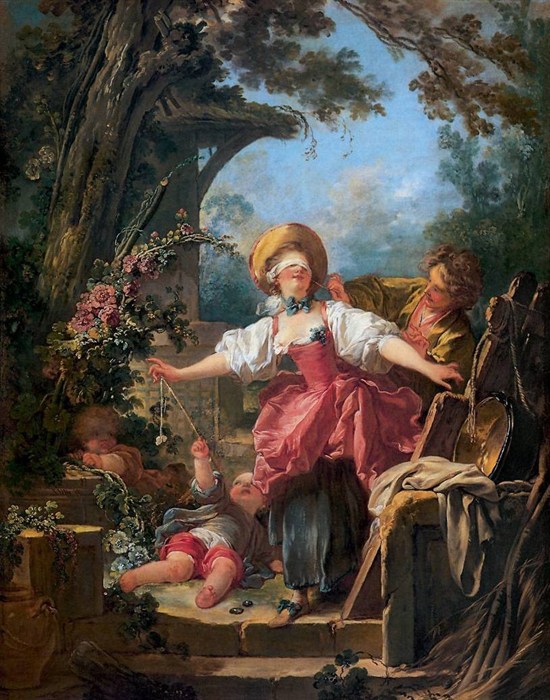

| Watteau, a child of the north, of Flanders, was the great love poet, the master of a serene and tender paradise whose art is like the Elysian Fields of passion; he was the elegiac poet amid whose tristful autumn woods, around whose wistful image of pleasure, all the sighing of nature was magically audible; he was the pensieroso of the Regence. Fragonard sang in less elevated strains; he was the poet of the Ars Amatoria of the age. You remember that mischievous, impudent cloud of naked cupids, vanishing into the sky of the Embarquement de Cyth re ? Their destination was the studio of Fragonard, where they shed the dust from their bu tterfly wings onto his palette. |
The See-Saw
c. 1750-1752 Oil on canvas, x 94.5 cm Museo Thyssen-Bornemisza, Madrid |
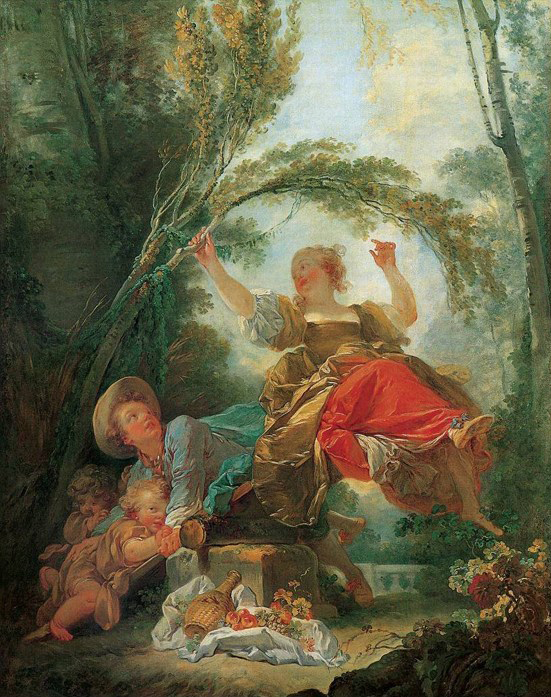

| Fragonard was the audacious raconteur, the gallant amoroso, pagan and playful, whose wit was Gallic, whose genius was almost Italian, whose bright intelligence was French; he was the creator of ceiling mythologies, of a hundred latitudes of dress, of blushing skies roseate with a reflection from the naked forms of goddesses, of alcoves luminous with the glow of a womans nudity. |

